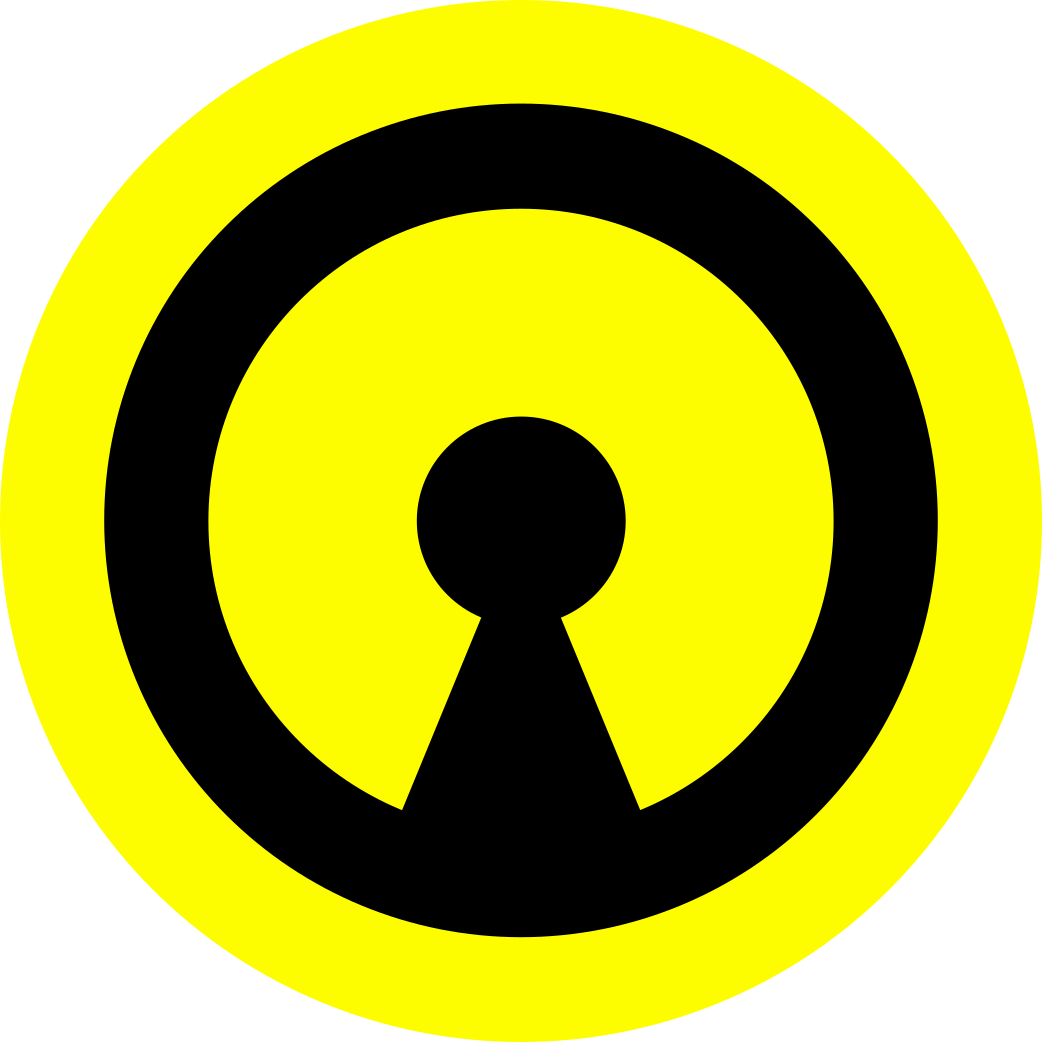I have been racking my brain about this for a while now and now I just need some help because I can’t figure it out.
So I login to my dell account, punch in my service tag number and it brings up info regarding my specific laptop. There are TONS of firmware and drivers that I believe may be missing? But the issue is, all the files are .exe and thats clearly for windows. They have no fedora or rpm supported drivers or firmware that I could find.
Its crucial because I just got a dell wd19tbs docking station and as per the install instructions, there’s a set of firmware/drivers that must be installed prior to setting up the dock
I have lvfs repo enabled, I tried the whole fwupdmgr technique a million times though it never does shit. No firmware or drivers show up in yhe gnome store… So why is this so complicated? How do I install dell drivers and firmware on a fedora system?
You might be missing the gnome app store fwupd connector. You can try using just gnome-firmware directly.
I have a WD19TBS and it updates just fine in Debian.
I will look into this, thanks
I second this, I use it with a Dell docking station at work (90% sure it’s the same model) and updates for firmware just work on Kubuntu.
Those drivers are all for Windows, the only useful thing there is the BIOS updates. Like another user said, transfer the BIOS update (exe) to a USB drive and boot to BIOS - Dell has a utility in the BIOS that can extract the necessary files from the exe and apply the update, no Windows needed.
Also, use fwupd like others have suggested.
Ohhh so the bios itself gives you the drivers and firmware necessary? Like I dont have to manually install each one myself?
Please re-read my comment. I didn’t say anything like that.
I’m probably misinterpreting this. I have successfully installed the latest bios no problem. its just when you said the bios extracts necessary files, I thought you meant that it installs the proper drivers/firmware for your system
My Dell Inspiron is updating automatically from fwupd. At least some parts. I didn’t dig deeper there so take this with a grain of salt.
I’ve been having issues with fwudp. Maybe I gotta just rehash things and follow a setup and usage guide again
Actually I recall using a bootable USB from Dell I think… it might be on the firmware site. That will let you boot into an OS that can read the exe and update the firmware.
This was for a dell wyse.
I only did this once when I first got it. Since then I believe Ubuntu and Fedora gnome both update the firmware right in the software update app.
Hmmm no recollection of yhe name of that program? Drivers and firmware for dell are only available for windows 10,11 and Ubuntu like 20.4 or something. Wtf! This shouldnt be so difficult
I’ve used a bootable Windows USB before to update firmware, so maybe you could try that, you don’t have to install just go to repair then CMD.
If they offer debs, you might be able to extract them and run the updater manually, or maybe something like alien could convert it to an rpm.
I’ve also seen FreeDOS exes, but I’ve only really seen that for BIOS updaters.
Thanks, so how would that work? just launch the bootable usb and it takes you to an interface for the windows updates?
Oh no, you copy all the firmware updates onto the USB too (as well as Windows), then then run them from command prompt in the recovery menu.
Yeah it’s confusing… looking around it may have been the this.
https://www.dell.com/support/kbdoc/en-us/000126353/how-to-download-the-dell-wyse-usb-imaging-tool
And the firmware file I believed used was an exe. I think I put the firmware exe in the root of the USB or something then was able to run it somehow after booting to the live USB made by the tool above?
I could be wrong. I forget where I found the info to do it.
Thanks man. I don’t ever recall drivers and firmware being this difficult on debian based distros
Dell often has bootable DOS stick instructions to launch the exe
Man I need more info on this. I haven’t come across anything like that in the dell documentations
This isn’t the one I followed but it is close. You only need the disk formated to fat32 and the dos files listed, as well as the exe file from dell for what you are updating. You boot to it and run the exe file. There is another site somewhere that explains how to make a does boot disk. This is how I updated my Linux Dell machines bios to new version
Wow I never saw that document in my searching. Thanks for that. May as well give it a shot
https://www.howtogeek.com/136987/how-to-create-a-bootable-dos-usb-drive/ This s another method, think it may have been what I used. It was like 5 years ago so memory is foggy on building the stick itself. But being on Linux and seeing a BIOS update out I was initially like ah shit, but this made it easier than a dual boot setup
That’s a dang good question… Any of my machines are dual-booted, so it’s never been an issue for me to pop into Windows, install the BS, and pop out. I know there’s, like, freedos live disks and stuff like that. Maybe that’s a way to go? Or, if you make a Windows install ISO, add the firmware exe files to that, start up the installer, drop to terminal and install from there? Any smarter people want to weigh in? I’m curious myself, now.
I was actually reading about maybe using wine? I know nothing about wine other than it allows for windows packages to be downloaded I think… Hmmm so maybe that could work
Wine may unfortunately not work for this, as trying to install drivers and firmware through Wine isn’t really a thing AFAIK - because it doesn’t have the same level of hardware access. Not to mention, even if you did get drivers installed, it would probably only work within applications that are also installed into that Wine prefix (some people do this for say, peripherals like mice & keyboard that have accompanying software such as iCue for specific games).
Out of curiosity, have you tried the dock even without installing these components? I’m not super familiar with Dell’s docks, but I know that others tend to “just work” due to already having drivers baked into the kernel.
For the firmware side of things, I’ve heard there are various projects that can create a Windows Live USB for you, which you could use to run the firmware installer theoretically.
Very interesting. I haven’t even tried hooking up the docking station… Just the part in the user guide that states certain drivers or firmware must be installed first kinda deterred me. Maybe I will try hooking it up and seeing what happens. Who knows, maybe the dock will help install those drivers automatically
Yeah worst come to worse, it just “doesn’t work” - but its not like it would be damaged just because drivers/firmware aren’t installed. I would bet most people don’t even install the drivers right away in Windows either, they just plug it in and see if it works - and then if it doesn’t work they may do some further digging to why (leading them to the drivers/firmware that is potentially needed).
I’m assuming this dock just has ports for video output, USB, etc on it? I’d expect most ports to work, with the only potential one not working out-of-the-box being video depending on how Dell implements it. My only experience with docking stations is an old Star…something dock, and that worked in Linux with no issue, I think at the time I had to install a DisplayLink driver since that was the video output tech that it used to send video out through USB (and even then, older models already had a built-in kernel driver, I just had a much newer one). These days with the prevalence of things like Thunderbolt/USB-C I wouldn’t be surprised if everything works out of box just fine.
I did do some quick research on dell docking stations in general, the only one that needed any manual intervention was their TB16 docking station. Apparently that one does require some firmware to be installed for a few components of the laptop that is required. Did you ever run Windows on this laptop? If so (or if the laptop itself is just relatively new), that firmware should’ve already been installed long ago via Windows Update as this information was from about 5 years ago.
Either way, I’d say just try it and see if it works - if it does, then you’ll be able to skip the hassle of trying to get Windows installed (either via a live environment, or via a dual boot)!
So yea I just hooked up the dock and in gnome firmware it appears that the proper drivers for the dock are installed, but theres like no gui or anything to configure the thing? is it supposed to be that way? how do people make any changes or configurations to their docks? I see no way on my system to do so
Out of curiosity, what options were you looking to configure? Since I’m not familiar with these docking stations, I wasn’t even aware they had configuration options haha.
I have no idea lol I just figured there would be some sort of app or gui for it so you can tweak settings or what not. not gonna lie but the dell documentation for this dock is terrible. for instance, if it’s always plugged into your laptop, the battery will always be at 100%; isn’t that terrible for your battery?
As far as I had last heard, most laptop (and phones) batteries have charging circuits that are designed to let the battery discharge a bit to prevent the health from being degraded quickly - not all of them actively report that process though and tells the OS it’s at 100%, so that the user doesn’t wonder why their charge is dropping while it’s plugged in.
I’m not sure if that is all the same case, as the only laptop that I’ve had for a while is a really old MacBook Pro that runs Fedora, but I don’t use it super often because I prefer my desktop - so I don’t keep up with a lot of laptop-oriented stuff unfortunately.
I changed the charging option in bios to “primarily use AC” or something along those lines, so hoping that helps prevent possible problems
You might have to dual boot Windows to do this update.
I hope not… Because of course the laptop came with windows installed
deleted by creator
deleted by creator






